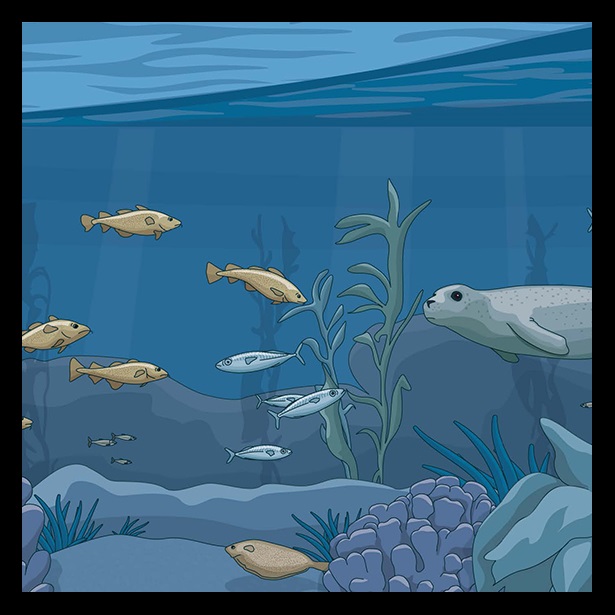A New Double Standard for EU Fisheries?
Amid changes to by-catch definitions, ministers cannot ignore CFP requirements when setting 2019 fishing limits

With the European Union facing a 2020 deadline to end overfishing, measuring progress remains a complex task. Trends generally point in the right direction, and quantifiable progress has been made over the past decade to reduce fishing pressure and restore fish stocks.
But at the same time, the data in the annual reports produced for the European Commission show that overfishing persists and that the problems are stubborn and multilayered. Further complicating matters, the Commission has designated an increased share of stocks as by-catch—typically the unwanted fish caught when fishing for targeted species—and set lower management objectives for those stocks.
The Commission’s latest “Communication”—the June statement outlining policy on fishing opportunities for next year—includes new ways to measure progress toward more sustainable fisheries. These new parameters muddy the debate while painting an overly optimistic picture of the current state of fisheries. The Commission highlights steady increases in the number of fishing limits set in line with the legal requirements of the Common Fisheries Policy (CFP), citing very high percentages when expressed in terms of total catches or landings. Despite those numbers, many species still are not fished in line with the scientific advice.
The Commission also proposed a two-tiered approach for different stocks when setting 2019 catch limits, depending on their commercial importance or abundance. For stocks considered by-catch, it will “take into account” the scientific advice but also such factors as their lower commercial importance and the desire to keep fisheries for other species open. This could lead to overfishing of some by-catch stocks, which could harm the ecosystem.
This double standard will likely mean the EU will continue to make progress in the sustainable management of some stocks but not others. Those that are commercially important and that benefit from comprehensive scientific data may see improvements, but others that are overfished, less economically valuable, or simply less understood may not reach the CFP objective of ending overfishing by 2020.
The policy changes mean that in some cases, the well-established precautionary approach—which requires greater caution when there is uncertainty—is effectively being reversed: More risks would be taken when stock status is less clear. This ultimately translates into higher fishing pressure on stocks that have less data compared with well-understood stocks. In addition, allowing more flexibility on catch limits when less is known about a stock also gives member States little incentive to gather better data for those stocks.
Efforts to make CFP requirements less stringent have been a persistent problem and, in some instances, have been legislated in new multi-annual fisheries plans for each region. The European Parliament and Council recently approved a plan for the North Sea that makes a similar distinction on by-catch stocks, setting lower objectives for their management.
The EU deserves praise for the progress made so far to prevent stock collapse and begin reversing overfishing trends. However, the painfully slow steps toward delivering the CFP’s legal requirements of fishing sustainably and rebuilding fish stocks to sustainable levels leaves much work to be done in the next two years.
The Commission concludes its Communication by emphasising that “this is no time for complacency.” This also is no time to water down the EU’s policy objectives or exempt “difficult cases” from legal requirements when fisheries ministers make crucial decisions on 2019 limits between October and December.
Andrew Clayton directs The Pew Charitable Trusts’ efforts to end overfishing in Northwestern Europe.













